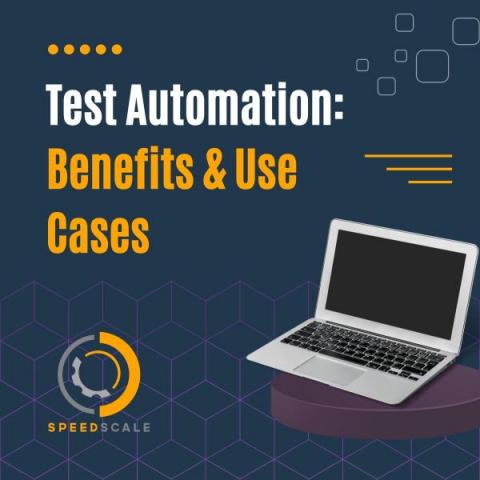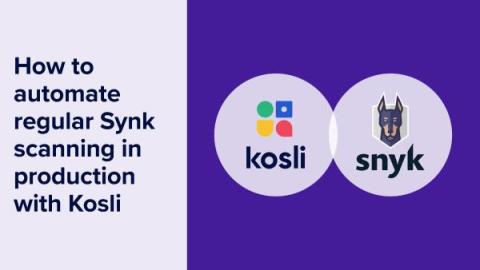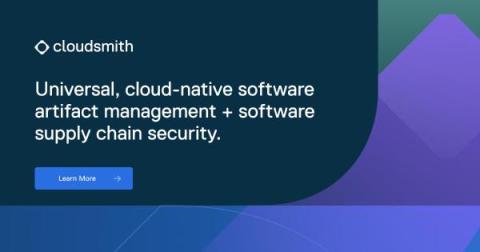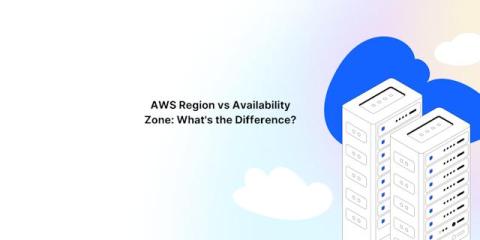Operations | Monitoring | ITSM | DevOps | Cloud
Latest News
Software Test Automation: Benefits, Use Cases, and Choosing the Right Tools
How to automate Snyk container scanning of your production environments
If you’re using containers to deploy your software, it is important to be aware of potential vulnerabilities within your container images. These may be introduced through dependencies in your built image, or perhaps through dependencies within the base image(s) used to build your image.
Incident Priority Matrix: A Comprehensive Guide
When multiple users are affected by an incident, it can quickly escalate into a chaotic situation. To effectively manage and prioritize such incidents, organizations need a robust incident priority matrix. An incident priority matrix is a tool organizations use to deal with critical issues quickly. It’s a roadmap for handling incidents efficiently.
Why C and C++ programmers should use a package manager
Discover the risks and drawbacks of developing and distributing software without the support of a C++ package manager.
Deployment Frequency (DF) Explained
The Limitations of Microsoft Teams
Microsoft Teams has emerged as a cornerstone of modern workplace collaboration, offering a suite of tools designed to streamline communication and project management. Despite its widespread adoption, it’s crucial to acknowledge that no platform is without its limitations. Understanding these constraints is essential for organizations to navigate potential roadblocks effectively and make informed decisions about their communication infrastructure.
AWS Region vs Availability Zone: What is the Difference?
Optimize your MLOps pipelines with inbound webhooks
In a traditional DevOps implementation, you automate the build, test, release, and deploy process by setting up a CI/CD workflow that runs whenever a change is committed to a code repository. This approach is also useful in MLOps: If you make changes to your machine learning logic in your code, it can trigger your workflow. But what about changes that happen outside of your code repository?
Deploy and manage AI workloads on Scaleway infrastructure with CircleCI
With automation and CI/CD practices, the entire AI workflow can be run and monitored efficiently, often by a single expert. Still, running AI/ML on GPU instances has its challenges. This tutorial shows you how to meet those challenges using the control and flexibility of CircleCI runners combined with Scaleway, a powerful cloud ecosystem for building, training, and deploying applications at scale.











